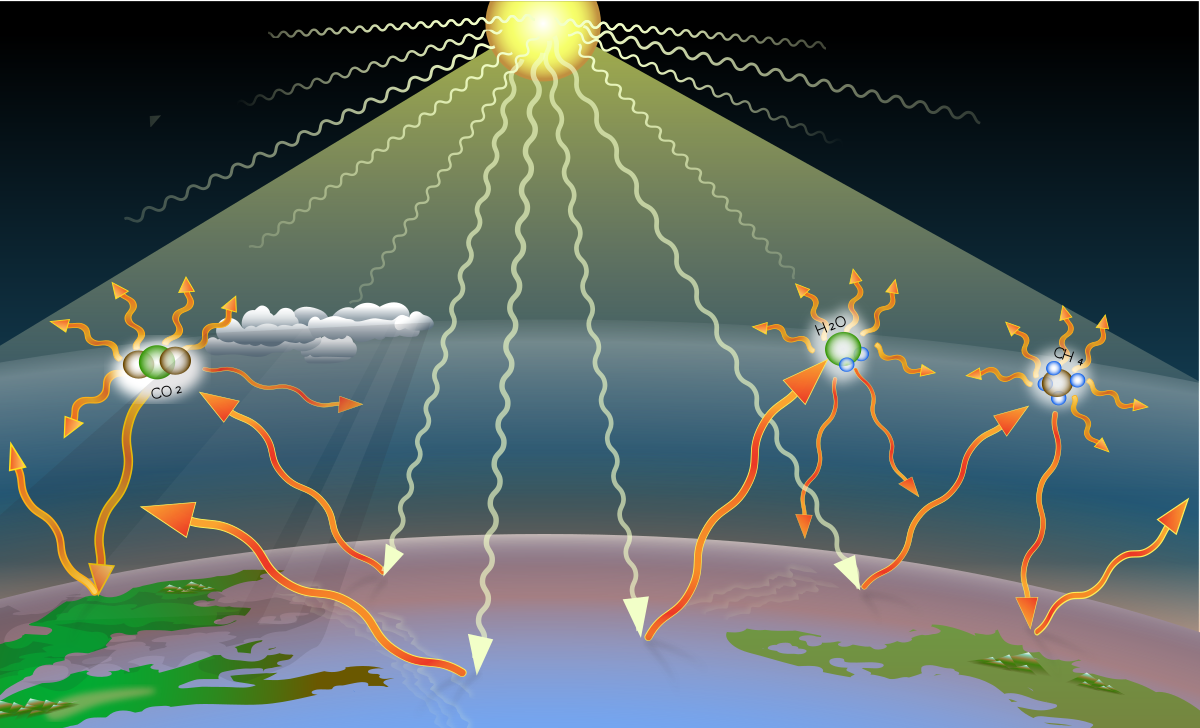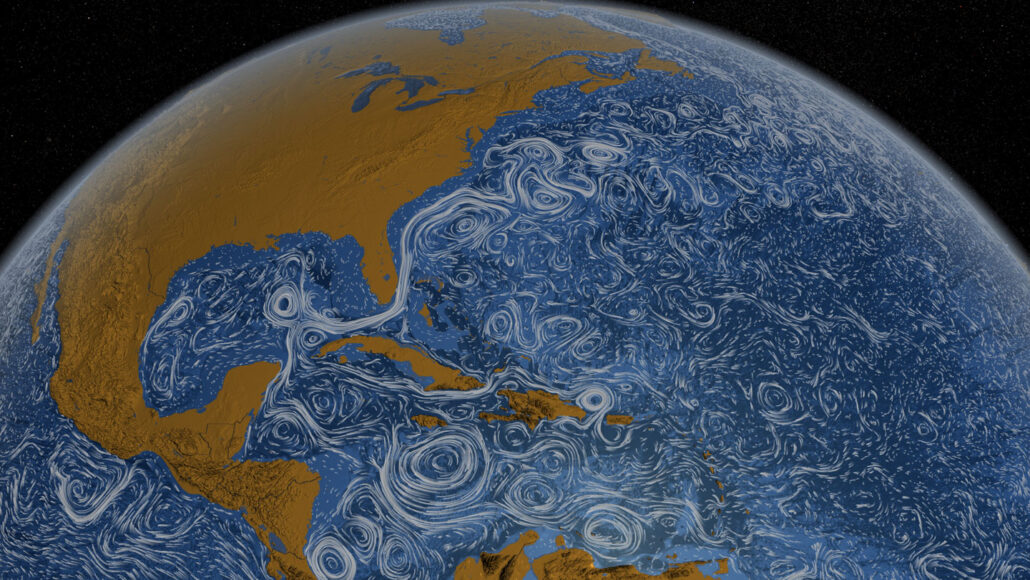
This year’s Physics Nobel prize went to three physicists. Syukuro Manabe and Klaus Hasselmann received their prize for “the physical modelling of Earth’s climate, quantifying variability and reliably predicting global warming”. The third physicist Giorgio Parisi received his prize for “the discovery of the interplay of disorder and fluctuations in physical systems from atomic to planetary scales.” This is the official explanation of the Nobel prize committee. It is a lot of information in a few small sentences and with that, it might be a bit difficult to understand. So let me try to explain this in some easier to understand language.
Chaos
What this year’s Nobel prize is awarding is how physicists have made it easier to understand very complex processes. And it is important to research this for a number of reasons. But what makes something ‘complex’? Complexity is quite often linked with ‘chaos’. Most people do not realise that chaos is all around us. Of course, some people are more chaotic than others, but even if your bedroom is always a mess, it’s still not quite the same as the chaos we are talking about here.
Climate change
Manabe and Hasselmann received their prize for helping us understand the climate, in particular ‘global warming’. If you want to understand the climate, you need to understand what the climate is made of. And also what affects it. It’s best to look first at what makes up the climate. To simplify it: there’s air and water. And what affects it? To also simplify that: the sun. But all the air and all the water in the world are made up of an incredible amount of molecules. Trying to calculate how all of these molecules affect each other is an immense task. But Manabe and Hasselmann showed they could make sense of it.
Manabe pioneered the field of climate change. His research goes back as far as 1967, where he, for the first time, showed how carbon dioxide and water vapour have an effect on global warming. Carbon dioxide is known to absorb light from the sun. And carbon dioxide will release heat radiation (in the form of infrared light). So if you have a lot of it in the atmosphere, the carbon dioxide will cause additional heating of the Earth.

Carbon dioxide absorbs sunlight and releases it as heat. Thereby heating up the atmosphere. Without carbon dioxide, this light would pass through the atmosphere and does not heat anything up.
Water vapour on the other hand, is reflecting the light coming from Earth (either reflected sunlight or infrared light), therefore keeping energy trapped, where it would otherwise go back into space. Manabe showed with his climate models that, if this happens at a large scale, we will see the effect of global warming as we see it today.

The atmosphere causes light to be reflected back to Earth to become trapped. This additionally heats up the Earth. Water vapour adds to the normal effect, meaning it additionally heats up the Earth.
Hasselmann was able to build upon the work of Manabe. In the beginning of this century he showed the scientific world that climate change is indeed caused by humans. His approach was to find the connection between the (daily changing) weather and the long-term climate developments. He did this by intensively studying ocean currents. For his research he used models that are related to vibration of molecules inside a liquid, named Brownian motion. This motion of molecules is responsible for why you don’t necessarily need to stir your cup of tea to get the sugar dissolved: it just takes a lot longer if you leave it to Brownian motion. Hasselmann’s climate models showed that humans have a very specific effect on the climate. Because it is so specific, a so-called ‘fingerprint’, this effect could be used to identify human involvement. His models were the start of additional research on earth observation, where satellites look at ocean currents to understand climate change.

Image of ocean currents. Satellites are used to measure these currents and in turn are used to model climate change.
Spin glass
Giorgio Parisi also studied complex processes, but in a very different way. Parisi studied a material named ‘spin glass’: a mix of iron and copper with magnetic properties. Spin glass is very similar to normal glass, both do not have a crystal structure. Crystals can be found everywhere, for example sugar or kitchen salt are examples of crystals. Crystals have a very ordered structure. Spin glass does not have this structure and that’s why it’s called ‘amorphous’. Spin glass is also magnetic. If you ever played with a magnet you know there are two poles. One attracts and the other repels. This means the magnetic attraction has a direction: it either points upwards or downwards. But within spin glass there is no structure and this means the magnetic attraction is pointed in all directions. No two spin glasses have the same magnetic properties and the magnetic direction can also change quite quickly, depending on what you do with the material.

Magnetic orientations inside spin glass
Parisi came up with a mathematical model where he found a pattern, or structure, inside the chaos. He used a method to cluster the magnetic directions inside the spin glass. One cluster is easier to calculate than the complete spin glass. If you then relate several clusters back to a slightly bigger cluster then the bigger cluster becomes easier to understand as well. Eventually you can go back towards just having one big cluster, which is the entire spin glass. It’s similar to having a tree. If you look at all the branches, it looks quite large. But they all come from one branch! Using this approach we actually understand complex systems and it works in other fields as well, such as neuroscience, where we look at the interaction of different neurons and how they operate as a whole.

The idea behind the branch calculations of Parisi. Starting with smaller clusters, calculating them and then combining them, brings understanding of the whole complex system.
Understanding chaos
Even though Hasselmann and Parisi worked on different subjects and did not work together, their mathematical models work the same. And they help us to find a pattern inside a chaotic process, which we can use now to understand our own climate, but also other fields, such as biology, neuroscience and machine learning. It also shows that physics is everywhere and by making sense of it, we can get a bit closer to understanding the world around us.
